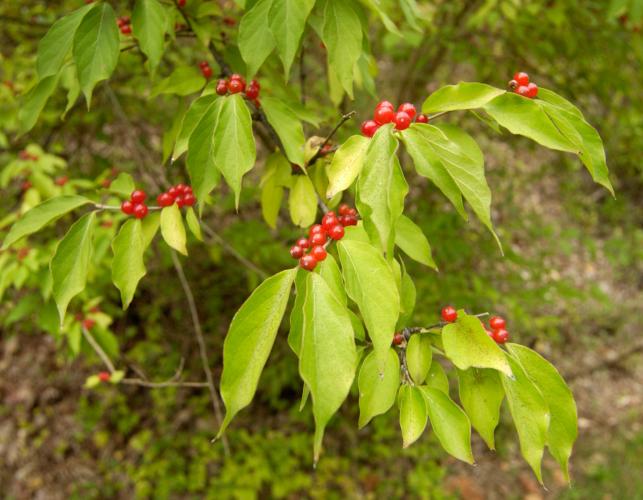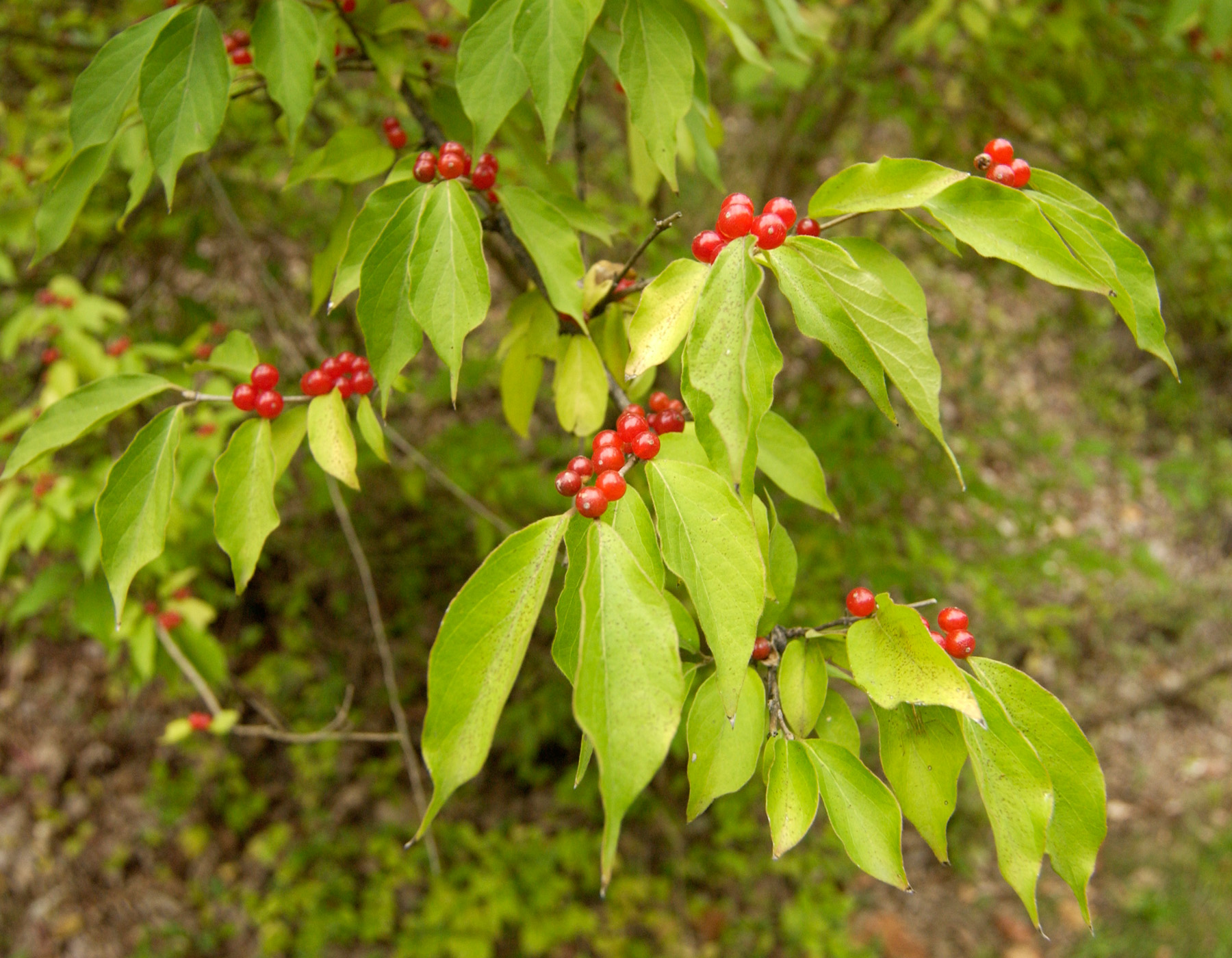
Xplor reconnects kids to nature and helps them find adventure in their own backyard. Free to residents of Missouri.


































Stay in Touch with MDC news, newsletters, events, and manage your subscription

Xplor reconnects kids to nature and helps them find adventure in their own backyard. Free to residents of Missouri.

A monthly publication about conservation in Missouri. Started in 1938, the printed magazine is free to residents of Missouri.


St. Louis and St. Charles Counties, Mo — The Missouri Department of Conservation's (MDC) Forest 44 Conservation Area in west St. Louis County and portions of the August A. Busch Memorial Conservation Area in St. Charles will be closed for one day between Nov. 5 and Nov. 29 for aerial spraying to control bush honeysuckle, an invasive plant not native to North America.
The aerial spraying should take just one day. The exact date of the spraying will depend on leaf drop and favorable weather conditions to minimize drift. MDC has contracted with J & R Flying Service, LLC, of Alicia, AR, to perform the spraying.
Due to the pervasive and extensive infestations of bush honeysuckle at Busch CA and Forest 44 CA, MDC has designed a research project to test the effectiveness of controlling bush honeysuckle by aerial spraying of an herbicide.
Aerial spraying will occur over 129 acres of experimental units at Busch CA and 65 acres on Forest 44 CA. Treatment areas are paired with control units which will not be sprayed for comparison.
A pilot study using aerial spraying for bush honeysuckle was conducted in previous years at DuPont CA in Pike County. It proved highly successful in controlling bush honeysuckle in a very cost-effective manner with little collateral damage to native forest plants.
Non-native invasive species such as bush honeysuckle are a leading threat to the endangerment of native species. Bush honeysuckle out competes native plants and reduces the diversity and abundance of native forest understory plants. This in turn has negative effects on wildlife species.
Bush honeysuckle has an extended growing season compared to native trees and most native forest plants. It continues to have green leaves for some weeks after leaves have dropped from native trees. The aerial spraying will be timed to occur after leaf drop, which allows treatment with the herbicide when native plants are mostly dormant. In addition, most amphibians, reptiles, invertebrates and small mammals are inactive at this time of year.
A spray mix using water mixed with the herbicide Rodeo® and the surfactant LI-700® will be used. One gallon of herbicide will be applied per acre (about the size of a football field). 10 ounces per acre of the surfactant will be applied per acre.
Rodeo is practically non-toxic to amphibians, birds, honeybees, and aquatic invertebrate animals, and is similar to table salt in its toxicity to fish and mammals. Rodeo® does not bio accumulate in fish or mammal tissues and breaks down in the soil by microbial action. It is safe for humans to enter the spray area after four hours.
Both sites will be sprayed on the same day. For the latest information, consult each area’s respective webpages.